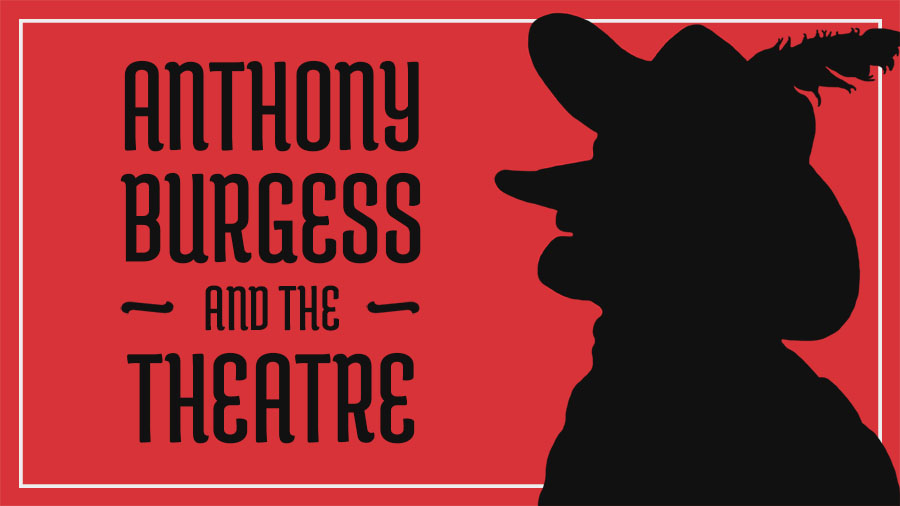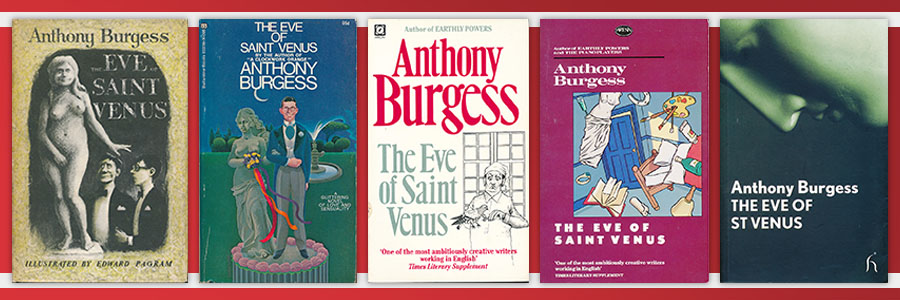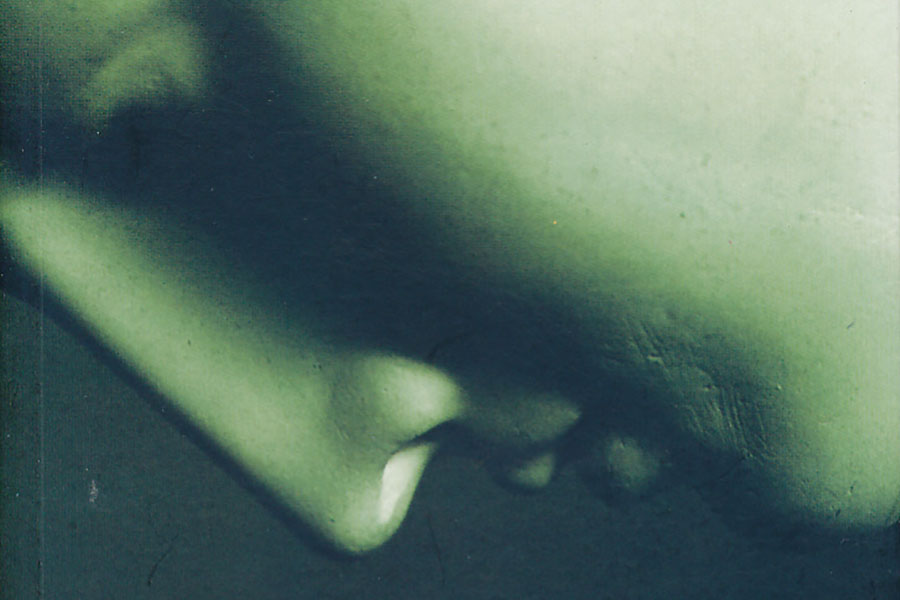Anthony Burgess and the Theatre
-
Burgess Foundation
- 2nd November 2022
-
category
- Blog Posts

In 1948 Anthony Burgess began a teaching job as a lecturer in speech and drama at Bamber Bridge Emergency Training College, near Preston in Lancashire. He trained teachers as part of the post-war project to turn ex-servicemen into schoolmasters, and they were given an intensive one-year course. Burgess gave courses in the history of drama, and was in charge of drama productions at the college. He also ran a drama class for the Worker’s Educational Association in Chorley, a neighbouring town eight miles away from Bamber Bridge.
In the two years that Burgess was at the college he directed several plays. These were Murder in the Cathedral by T.S. Eliot; The Ascent of F6 by W.H. Auden and Christopher Isherwood; Doctor Faustus by Christopher Marlowe, on which he had written his undergraduate dissertation; Lord, I Was Afraid, adapted by Burgess from the novel by Nigel Balchin; and a complete version of Shakespeare’s Hamlet, performed in two parts over two nights. Burgess’s wife Lynne appeared in a number of these shows. They were amateur productions with limited resources, but Burgess brought his characteristic energy to them.
In September 1950 Burgess was appointed to the post of English master at Banbury Grammar School in Oxfordshire. He was soon an active member of the Old Banburians’ Dramatic Society, and he founded the Adderbury Players in the village where he lived with Lynne. At the school he directed The Chiltern Hundreds by William Douglas-Home, and wrote music for a production of Shakespeare’s A Midsummer Night’s Dream.
Among the plays he directed were Juno and the Paycock by Sean O’Casey, A Phoenix Too Frequent by Christopher Fry, The Giaconda Smile by Aldous Huxley, and The Adding Machine by Elmer Rice. His production of Sweeney Agonistes, starring Martin Blinkhorn as Sweeney, was well reviewed and toured a number of villages in Oxfordshire in 1951.

The first original stage play completed by Burgess was The Eve of Saint Venus, a verse comedy in three acts, written in 1951. This seems to have been intended as an opera libretto, and Burgess recalls in his autobiography that the libretto became too long after ‘he grew too interested in it.’ The plot is taken from Robert Burton’s Anatomy of Melancholy, updated to an English country-house setting. Ambrose Rutterkin is on the eve of his marriage, and as a joke he places his wedding ring on the finger of a stone statue of Venus in the garden. The finger promptly curls up and prevents him from removing it, and later that night the goddess descends to insist that Ambrose should marry her instead of his wife-to-be Diana (who, in a sub-plot, is being seduced by a female journalist and planning to run away overseas). An Anglican vicar tries to exorcise the goddess and fails. When he renounces his faith in despair, a bolt of lightning destroys the statue and the ring is freed, enabling the couple to marry happily.
Altogether the play is an optimistic hymn to love and marriage, as well as being a theological satire: pagan beliefs and Anglican churches are inadequate to contain the transcendent power of love itself. Unable to arrange a production in Oxfordshire, Burgess put his play aside until 1964, when he reworked it into a short novel. A second theatrical version of The Eve of Saint Venus written in the 1960s was, according to Burgess, performed by amateur dramatic societies in ‘Connecticut, Dusseldorf, and Alaska’ — but no professional production has yet been staged.
Burgess returned to dramatic writing in the 1970s, when he translated Oedipus the King and Cyrano de Bergerac for the Guthrie Theater in Minneapolis. Working with the composer Michael J. Lewis, Burgess adapted Cyrano as a Broadway musical in 1973. Christopher Plummer won a Tony Award for his performance as Cyrano, and the original Broadway cast album was released by A&M Records.
For much of the 1970s, Burgess’s energies were directed towards screen-writing, and he wrote the epic biblical television series Moses the Lawgiver and Jesus of Nazareth. The non-musical version of Cyrano de Bergerac was revived by Derek Jacobi for the Royal Shakespeare Company in London in 1983 (and on Broadway the year after). This award-winning production was followed by an adaptation of A Clockwork Orange 2004, directed by Ron Daniels and produced at the Barbican Theatre in 1990.
Burgess returned to dramatic writing towards the end of his life, when he made inventive new translations of Molière’s comedy The Miser, and Chatsky, or The Importance of Being Stupid, a famous Russian comedy by Alexander Griboyedov. The second of these was produced at the Almeida Theatre in 1993, directed by Jonathan Kent and with Colin Firth in the title role. Both plays were published by Salamander Street in 2023, in a volume titled Chatsky and Miser, Miser!



